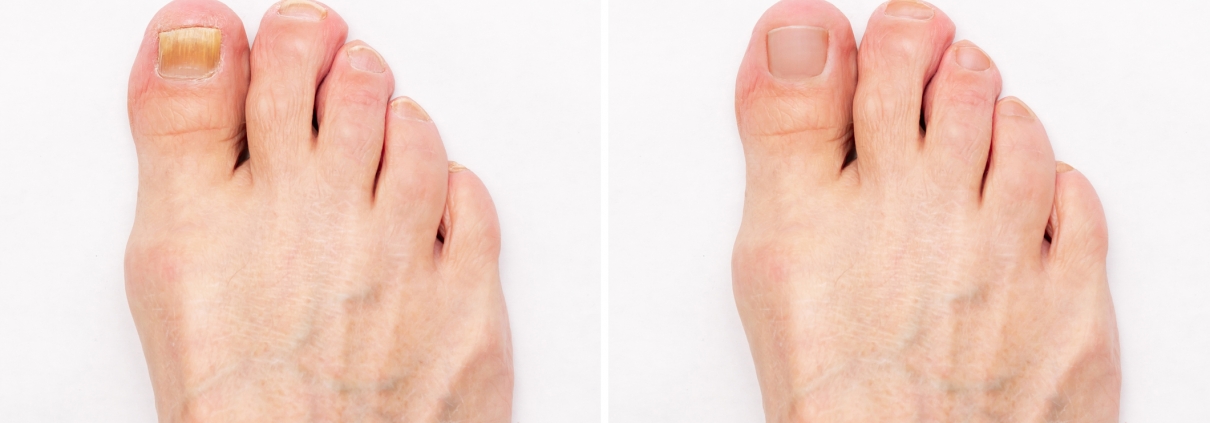How do nails change with age?
Nails indicate the health of the body. Diseases, internal body processes, nutritional deficiencies, or prolonged contact with chemicals or ultraviolet light cause changes in the nails. Age also causes changes in the nails, which include changes in the rate of growth, texture, thickness, and shape, and nail color.
Nail growth rate
The rate of nail growth per month decreases with age. On average, fingernails grow about 3 mm and toe nails only 1 mm per month. At the beginning of the age of 25, the rate of nail growth is about half. The percentage decreases per year. Therefore, at the age of 85, fingernails may grow only 2 mm per month.
Nail texture
As we age, nails may become brittle. Excessive hand washing and drying, exposure to harsh cleaning agents, removing the skin around the nails, and polishing nails can worsen nail brittleness. Problems such as anemia, hardening of blood vessels (arteriosclerosis) and hormonal problems can cause brittle nails. If you notice a change in the texture of your nails, see a dermatologist.
Fungal infections
Nails become thicker with age. Skin diseases such as psoriasis and eczema can also cause nails to thicken. Fungal infections that cause the deformity of nails and are more common in the elderly can also cause thickening. and change the color of the nail. The nails of the toes are more vulnerable, because the shoes provide a warm and humid environment for the growth of skin fungi.
Male gender, smoking, suffering from certain diseases such as diabetes and immune system defects can make people prone to fungal nail infections. The pressure of tight shoes or foot deformity can cause the nail to sink into the flesh. The way to treat the infection Nail fungus includes the use of oral or topical antifungal medications. The type of medication you take depends on the severity of the infection and the medications you are taking, so it is better to treat fungal nail infection with the doctor’s order.
Nail shape
If the shape of the nail changes and becomes round, it can indicate a lack of oxygen. The roundness of the nail can occur in a variety of diseases such as cardiovascular diseases, endocrine diseases, or diseases related to the digestive system.
The pressure of tight shoes or the deformity of the foot can cause the nail to sink into the flesh. This ingrown toenail is common among young people, but it also occurs in older people and causes significant pain and difficulty walking. Treatment for ingrown toenails is simple and involves soaking the foot with small pieces of cotton. Get the ingrown toenail out. A little surgery to get the nail out of the skin is very helpful to prevent ingrown toenails in the future.
Nail color
With age, nails may become lighter and turn into the following colors: pale yellow, gray, pale, or cloudy. Fungal infection also changes the color of nails. One type of discoloration includes dark lines and or bumps along the length of the nail. People who have darker skin, with age, this type of color change occurs in their nails.
In some cases, dark nail lines can be a sign of a dangerous disease, such as melanoma, which is the most malignant skin cancer. In Bowen’s disease, which is a type of skin cancer, sometimes a black band appears on the fingernail. As a result of damage to the nail, bleeding or bruising may occur under the nail and cause a black band on the nail. This black bar will disappear by itself.





